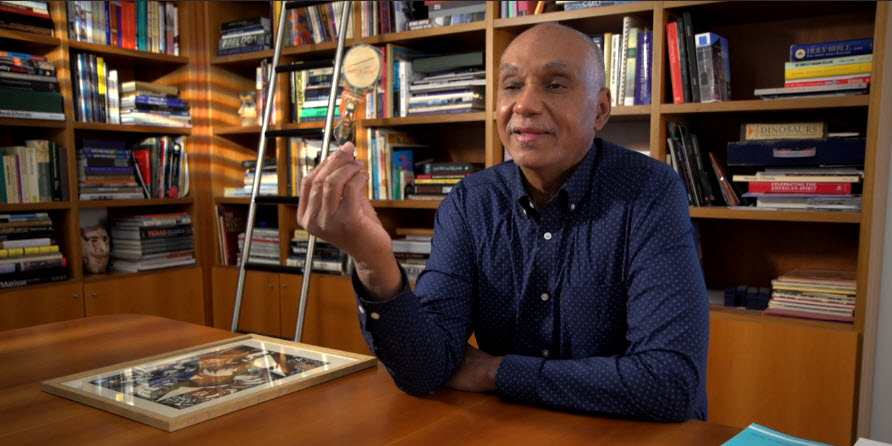

But the Parisian African-American colony has persisted, encompassing latter-day radicals like Eldridge Cleaver as well as professionals quietly making a living abroad. Baker's death in 1975 marked the end of an era. The civil rights movement in America, and France's bloody colonial war in Algeria, changed the equation for black expatriates, making the Parisian sojurn less attractive. The Second World War forced African-Americans to flee but brought in its wake the cosmopolitan Paris of the 1950s, where Wright, Baldwin, Chester Himes, and many other American blacks thrived while African- American politics cross-pollinated with postcolonial movements. Stovall recounts the important Parisian sojurns of Langston Hughes, Claude McKay, and other Harlem Renaissance literary figures and painters.

The French jazz craze attracted many musicians and entertainers, among them Baker, Bricktop (Ada Louise Smith), and Bechet. Stovall describes how the freedom and respect afforded them in France inspired veterans and other African-Americans to emigrate. He opens by contrasting painter Henry Ossawa Tanner, who had thrived in France for decades, isolated from fellow African-Americans, with the black soldiers who found Paris a revelation when they came over during WW I. of Calif., Santa Cruz) tells his story primarily through mini-biographies of such figures and their confederates. Josephine Baker, Sidney Bechet, Richard Wright, James Baldwin: Stovall (History/Univ.

An engaging chronicle of African-American life in Paris since the dawn of the Jazz Age.


 0 kommentar(er)
0 kommentar(er)
